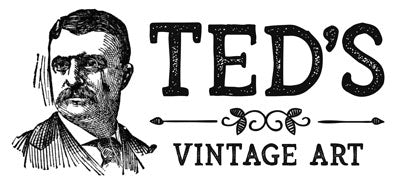Guinea Maps
Guinea, which is also known as the Republic of Guinea, is a country located on the coast of West Africa. Spanning a land area of 245,857 square kilometers (94,926 miles), the country holds a total population of 13.5 million inhabitants. Guinea shares a border with several countries, such as Senegal, Liberia, and Sierra Leone. The capital, and largest city, is Conakry. Sometimes, Guinea is referred to as Guinea-Conakry in order to not confuse the country with other territories in the region of Guinea. The current president of Guinea is Alpha Condé, and the political system of the country is a republic.
The geography of Guinea is split into four regions, and they are as follows: the Maritime Guinea, Fouta Djallon, the Sahelian Haute-Guinea, as well as several forested jungle regions located in the southeast of the country. There are several mountains within the country, which all serve as the sources of several rivers like the Niger, Gambia, and Senegal Rivers. The highest point within the country is Mount Nimba, which reaches an altitude of 1,752 meters high, or 5,748 feet high. The total length of the coastline of Guinea is 320 kilometers long, or 200 miles.The southern regions of Guinea lie within the biodiversity hotspot of the Guinean Forests of West Africa. However, the country is not very rich in larger mammals that are typically common in African wildlife. Animals one can expect to see in Guinea include baboons, hyenas, wild boars, several types of antelope, as well as leopards. Crocodiles, hippopotamus, and manatees can be typically found around the river regions. Poisonous snakes can be found around the land, including mambas, vipers, and cobras, along with pythons and other various harmful snakes. There are five ecoregions within Guinea, and they are as follows: Guinean montane forests, Western Guinean lowland forests, Guinean forest-savanna mosaic, West Sudanian savanna, as well as Guinean mangroves.
Guinea is an extremely mineral rich country. In fact, the mineral wealth includes over 4 billion tons of iron ore, diamond and gold deposits, as well as uranium. The country also owns the title of being the world’s second largest producer of bauxite. Both gold and aluminum ore make up over 46% of Guinea exports in 2019. Agriculture employs around 75% of the country’s entire workforce. Some industries include processing plants for beer, juices, soft drinks, as well as tobacco.
The most populated, and the capital city, is Conakry which serves as a hub of commerce, economy, education, as well as culture. The estimated total fertility rate of Guinea in 2014 was 4.93 children born per woman. The total life expectancy within the country is 63.9 years, with an average of 62.04 years for men and 65.82 years for men. Guinea’s population is heavily made up of younger individuals, with 41.2% of the country’s population being aged 14 years or younger. In nearly forty years, the population of Guinea has been able to triple, going from a population of around 4 million in 1980 to nearly 13 million in 2022.

Real Stories From Past Customers
From The Vintage Map Blog
Inside the Omaha Beach Invasion Map: A Cartographic Look at D-Day
Discover the untold story hidden within one of the most important maps of World War II. This rare Omaha Beach...
Explore Cape Cod's History Through 12 Stunning Vintage Maps
Step back in time with 12 beautiful vintage Cape Cod maps. Discover detailed historic prints perfect for beach houses, galleries,...
Vintage Map Gallery Walls: A Perfect Decor Idea for Farmhouse & Country Homes
A vintage map gallery wall is the perfect way to blend history, personal memories, and timeless decor. Ideal for farmhouse...

















